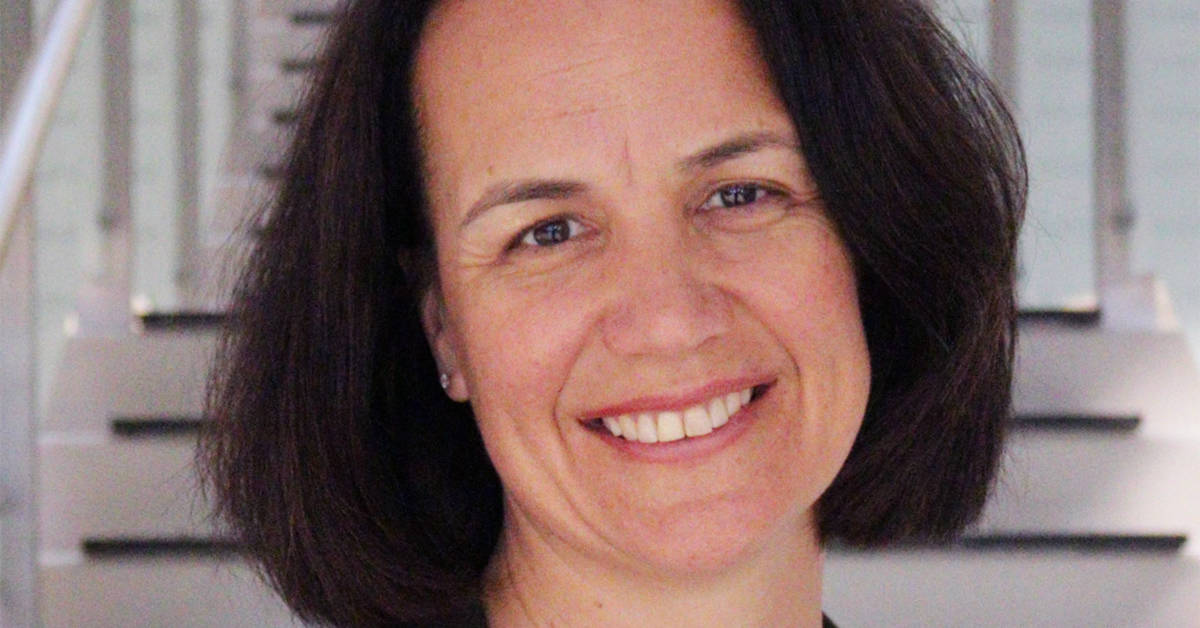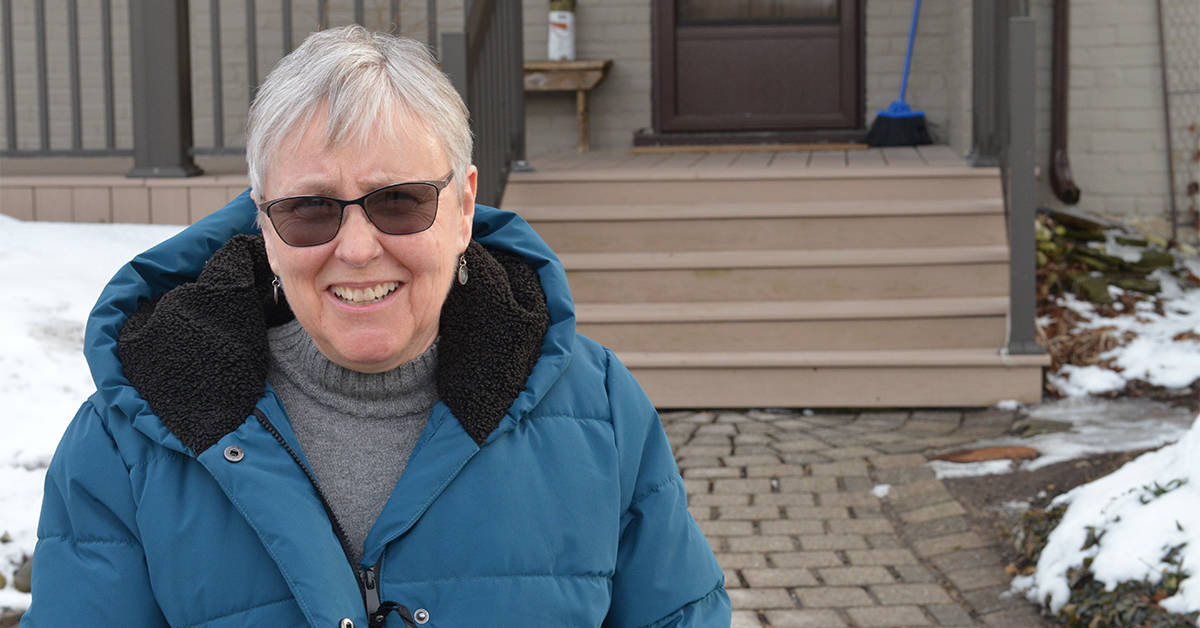Local hospitals are playing catch-up again as they start to recover from the latest pandemic-related restrictions. From staffing shortages to backlogged surgeries, there’s been a big impact on their operations
As restrictions lift, hospitals spirits in the region are trying to return to normal.
At St. Mary’s General Hospital in Kitchener, president Lee Fairclough says she’s hopeful the community will be able to keep pushing past the virus, but wants residents to air on the side of caution as they resume their activities without masks.
“We will be watching very closely to understand the impact of the opening. We understand some of the rationale for why we need to try to move ahead with some of the pulling back of these measures,” said Fairclough. “Things are definitely improved in the hospitals in terms of the number of patients with COVID. I think that, generally speaking, we’re also primarily focused on trying to get back to surgery and many of the hospitals, including St. Mary’s, in the region are at approximately 70 per cent for some of our surgical resumption, but the availability of in-patient beds continues to be a challenge.”
The hospitals in the region have felt the impacts of staff having to isolate due to COVID-19 continuously throughout the last two years. Some nurses have left their position, feeling burnt-out from the stress.
“What I’m seeing at St. Mary’s, but I think all of us, the hospitals in the Waterloo Region, are experiencing is a workforce that has shown unbelievable commitment and dedication for two years. We are seeing some people making choices to pursue other professions. And certainly we’re seeing a lot of people that are fatigued and I think that we need to really focus on how we’re caring for that workforce for the next little while. Everybody feels the burden of the fact that we do have so many patients waiting for non-COVID care, but also know that it’s been two years of working very long hours and overtime,” noted Fairclough.
What’s happening locally is part of a broader issue in the medical community, a situation noted by the likes of the Canadian Medical Association (CMA) and the Canadian Nurses Association (CNA). Both groups last week issued a joint statement noting Canada’s health workforce is feeling the effects of burnout, and calling for urgent action to address staffing shortages and backlog issues. The announcement came the day after an emergency meeting where CMA and CNA were joined by some 40 health organizations to discuss the healthcare worker burnout and shortages happening around the country.
“While governments and Canadians are hoping to move past the pandemic, an exhausted, depleted health workforce is struggling to provide timely, necessary care to patients and make progress through a significant backlog of tests, surgeries and regular care,” said CMA president Dr. Katharine Smart in a release. “What we heard is disheartening, with health workers exceedingly distressed, facing harassment and leaving their careers and professions. Until governments start to recognize these problems, we will never move forward to find concrete solutions.”
The president of the Grand River Hospital Foundation, Paul McIntyre Royston, noted during the region’s weekly pandemic briefing March 11 that the hospital was experiencing staffing shortages currently as well as trying to catch up on delayed surgeries.
“It has been a tough two years. They’ve seen such an incredible surge, we still have active (COVID) patients. I think we have 80 staff off right now because of COVID or suspected, so that’s typically four or five times what we normally have off on any given day. There’s a big push to get caught up on services. I think there is an overall positive sense that we are moving on at this stage, but I do know that the hospital and regionally there will be some thought as to what happens this fall. Overall, there’s some happiness but quite a bit of trepidation on the part of staff.”
With fewer staff away with COVID or isolating from being exposed, St. Mary’s has been able to start catching up on the backlog of patient care that added up from postponed procedures or surgeries.
“We’re still tight, and even today we’ve still got 30 staff that are off, that are impacted by COVID. And with the opening, we can anticipate that we’ll probably see even more of that as it continues to circulate in the community,” noted Fairclough of the predicted spike in cases following lifting of restrictions.
In reaction to calls for action from the healthcare sector, Ontario Premier Doug Ford this week announced the government will be expanding medical school education – Ontario will add 160 undergraduate seats and 295 postgraduate positions over the next five years.
“As our province grows, our government has a plan to build a stronger, more resilient healthcare system,” he said in a release. “We’ve already shored up domestic production of critical supplies like PPE and have added thousands more hospital beds. Now, building on our work to recruit and retain nurses and personal support workers, we’re launching the largest expansion of medical education in 10 years.”
The expansion of medical education will support six schools across Ontario, focusing on creating more healthcare workers with the hopes of providing more quality care for patients in the future.









